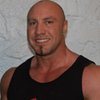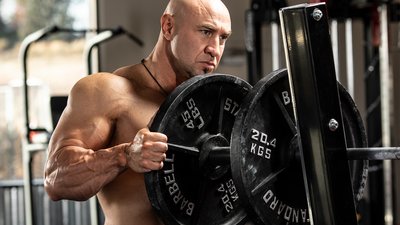Let's take a trip back in time. How far? Back before the gym was cluttered with dudes with camera crews, and stick figure lifters who strain harder for a selfie than they do during a set of squats.
Back then, before the message boards, before social media, and before everyone wanted 19 footnotes of rat studies to back up the validity of their routine, we did three things: We bulked, we cut, and we lifted.
I know bulking is a dirty word these days, but we did it. There often wasn't a lot of cutting, because building mass and getting jacked was the be-all, end-all of the reason we were in the gym in the first place. And when it came to training, we weren't there to innovate. We weren't there to take pictures. We weren't there to take videos for someone else's entertainment value.
We were there to push weights and break rep PRs. That's it. That was the entire purpose of being in the gym. And if we didn't break a rep PR or lift more weight than the last time we did that lift, we got pissed off about it.

After we trained, we'd often drink down some neon-colored carbohydrate drink that I'm now positive contained 100 percent pure diabetes. We drank it because we read that you needed to replenish the used up glycogen from those bad-ass training sessions. We didn't pontificate about what was the optimal amount, or what was bro-science. If someone had told us that something was "bro-science," we probably would have done more of it, because it sounds cool.
We ate like savages because we believed that we'd lose muscle if we didn't pound down 9 million grams of protein right after our nuclear waste carb drink. After that savagery, we ate more. We also ate 6-7 times a day, because all the really big dudes ate 6-7 times a day. And they were cock-diesel as hell. Which is what we wanted to be, so we just followed suit.
We didn't ask if someone was on steroids, because we didn't care. We didn't care, because it didn't matter. You know why it didn't matter? Because whether they were on the sauce or not had zero effect on what we were doing at the gym, or at the dinner table. Strangely enough, we often replicated pros' routines or eating habits, and we grew pretty damn well from it.
Today, the internet would make fun of us. Call us idiots for not following more scientifically sound principles regarding nutrition and training. Guys sporting asparagus arms would have argued that we weren't eating or training in the most effective manner as shown by PubMed.
But somehow, someway, doing all of this nonsense took me from 98 pounds as a 14-year-old noob, to 220 pounds at 18, and 258 pounds by the time I was 30. Completely natural. Not even a prohormone was used during that time.
Was I shredded? Hardly.
But I credit all those years of power-shoveling food, and not giving a rat's ass about having "abs for likes," for the foundation of muscle I still have today. I get to walk around at 235 pounds, year-round, with abs and traps, and get likes for it. Thank you for the likes.
But…about those likes. They, and the dopamine hit that comes with them, is exactly what is killing so many young guys' gains. They're keeping them from doing the one thing that they may actually need to do to grow: eating.
Social media has changed everything
What dominates social media is something called "aesthetics." I blame Zyzz for this. Before him, we had Dorian Yates and Nasser and other mass monsters that infused a "I don't give a shit about anything but being big as hell" attitude that permeated the global training and eating ideology. We looked up to that.
What do most young lifters look up to today? Really chiseled physiques that fit within that Frank Zane mold. And there's nothing wrong with that look. Frank Zane looked awesome. The problem is, the young guy that wants that physique, doesn't actually have the vision to understand how he's going to arrive at it.

He doesn't understand the importance of losing his abs, and embracing the full-on moon face and potential size-40 pants. He doesn't get that if he wants to be 180 shredded, he might have to spend some portion of the next decade being 240 slop. At the least, he might have to have a totally unhinged, more-of-everything, summer of bulk.
Yes, the genetically blessed may not have to do that. But for the great majority of guys, there will have to be a rite of passage, and dues paid at the dinner table and the squat rack, in order to achieve the physique and strength they keep double-tapping on someone else's Instagram page.
The need for the bulk
I'm totally against bulking now—for myself. That's because I've been training for three decades, and the amount of muscle I might gain on a bulk wouldn't be worth the amount of fat I would have to pile on to attain it.
I also think that bulking after you've been training for more than a decade is probably somewhat futile as well. After the first 3-5 years of training, the rate of muscle gain is agonizingly slow.
This is why it's really important to take advantage of the first decade of training—and particularly the first half of that decade. That's the time when the great majority of your muscular foundation will be built.
If you're spending this time trying to stay shredded for likes, then you're shortchanging the muscle building process. Every year that you train, your body becomes more adapted to the training stimulus. And as you grow closer and closer to your genetic ceiling, the gains will come slower and slower.
So, if you're a young guy who wants to be walking around in your late 20's looking jacked and lean, you're going to have to put aside the need for social media validation about your shreds for a while.
My summer of bulk
When I was 17 years old, I was about 175 pounds. That's not small for 17, but I felt small. I trained in a gym with a lot of monsters who had put in more years under the bar than I had, and I wanted to measure up.
It was that summer that I decided I was going to take my eating and training to the next level. Here's what it looked like:
 Eggs
Eggs
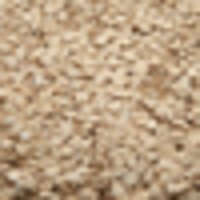 Oatmeal
(4 cups cooked)
Oatmeal
(4 cups cooked)
 Banana
Banana
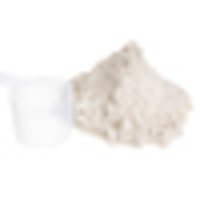 Carbs
(Carbo Coolers)
Carbs
(Carbo Coolers)
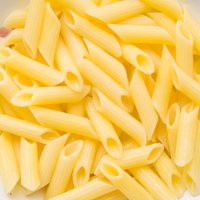 Pasta
(ramen packs)
Pasta
(ramen packs)
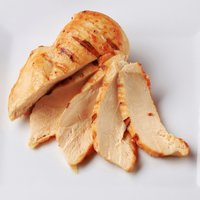 Chicken
(large)
Chicken
(large)
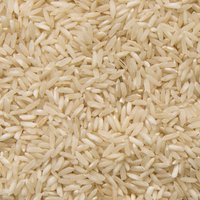 White Rice
White Rice
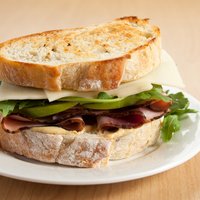 Sandwich
(footlong meatball subs)
Sandwich
(footlong meatball subs)
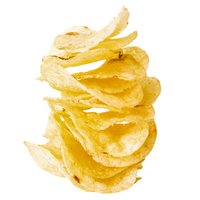 Chips
(bag)
Chips
(bag)
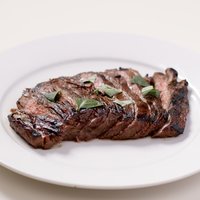 Steak
Steak
 Baked Potato
(with butter and cheese)
Baked Potato
(with butter and cheese)
 Chicken
(breast)
Chicken
(breast)
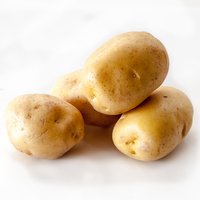 Potato
Potato
 White Rice
White Rice
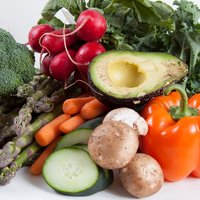 Vegetables
Vegetables
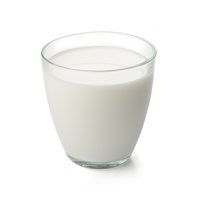 Milk
Milk
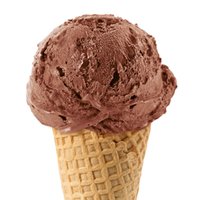 Ice Cream
Ice Cream
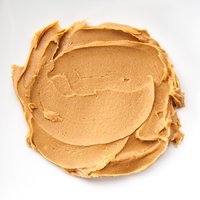 Peanut Butter
Peanut Butter
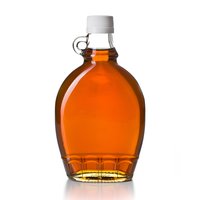 Syrup
(chocolate)
Syrup
(chocolate)
 Syrup
(karo)
Syrup
(karo)
 Banana
Banana
The Stomach Destroyer Shake
The Stomach Destroyer Shake is a concoction that deserves its own discussion. It was a "shake" that consisted of 2 cups of milk, malted milk powder, ice cream, peanut butter, Karo syrup, chocolate syrup, and a banana. (If I made a modern-day version of this shake, I'd sub out the malted milk powder for a couple of scoops of high-quality protein powder.)
There's a story with that shake. I read about it in a book, but I didn't finish reading the part where it said that you're supposed to sip it throughout the day to add calories. I would drink it in one sitting, and feel as though creeping death had descended upon my stomach.
Let me be clear, I didn't start day one of my summer bulk by eating a dozen scrambled eggs and four cups of oatmeal. I started with half a dozen, and two cups, and used good ol' progressive overload to add another egg every few weeks and a bit more oatmeal when I could.

I worked up to the bigger servings over the course of the summer, going from six eggs to 12, and from two chicken breasts to four. The stomach destroyer shake never got any easier, however. Each and every evening it was like getting prepared to take a kick in the gut.
The lesson for you: If you're really looking to grow, you're going to throw calorie counting and macros out the window. You're going to focus on eating more each week than you did the week before, just like you focus on lifting more than you did the week before.
You can focus primarily on eating "quality food," and no, you don't have to do the full-on neon carbo cooler thing, but you may have to broaden the "quality" category to include foods that your favorite clean-eating IG star would never allow on his feed.
Ultimately, this is fairly simple: If you're not moving the scale, then you're not eating enough. When you're young and trying to gain mass, your goal should be to push the food envelope as much as possible every meal, every day.
The simplest way to train for size
The next question that people are going to ask is "what did your training routine look like?"
Honestly, this question drives me nuts because it misses the most important point about muscle gain; it's really about the effort and exertion you put out in the time you spend in the gym, not a certain number of sets, reps, or particular movements.
I don't remember my exact routine during that summer bulk. But here's what I do remember:
1. I trained 5-6 days a week.
2. I trained chest, back, and shoulders on one day, and legs and arms on the other, and went back and forth.
3. I did a lot of compound supersetting each workout, such as:
- Incline press with dips for chest
- Lat pull-downs with bent-over rows
- Leg press with high rep squats (OK, so I do remember this quite well, for a reason)

After a few of these supersets, I'd finish with single-joint movements using set-extending intensity techniques like dropsets and rest-pause to further torture myself.
During this time, I also read a lot about using very slow eccentrics to accelerate muscle growth. So, most of my sets were done with 5-10 second negatives. At first the ego takes a massive hit, but over a few weeks you end up moving the same weights you were before.
Now you're moving the same amount of volume as you were before, but with a lot more time under tension. That equals a lot of growth.
What you need to get from this
If your big-picture goal is to sport an appreciable amount of muscle along with an impressive degree of leanness, then you're going to have to embrace the bulk, rather than embracing the adoration of strangers on social media for a while. It may take years of doing this—not necessarily all the time, but definitely for stretches of time—before you get where you want.
I get it, man: the shreds get the likes. But if you're willing to put your ego aside and embrace the bulk, in a few years you're going to be far more jacked than you are now, and you'll have one of those sweet transformation pics that actually comes with a real story about how that happened. You'll also end up with a lot of experience and knowledge that will help some other young dude that's stuck in no-gains land just like you were.
Paul Carter has just released a new book, "Super Soldier Protocol." He is also the creator of a popular three-days-a-week lifting program on Bodybuilding.com BodyFit Elite called Jacked in 3.
